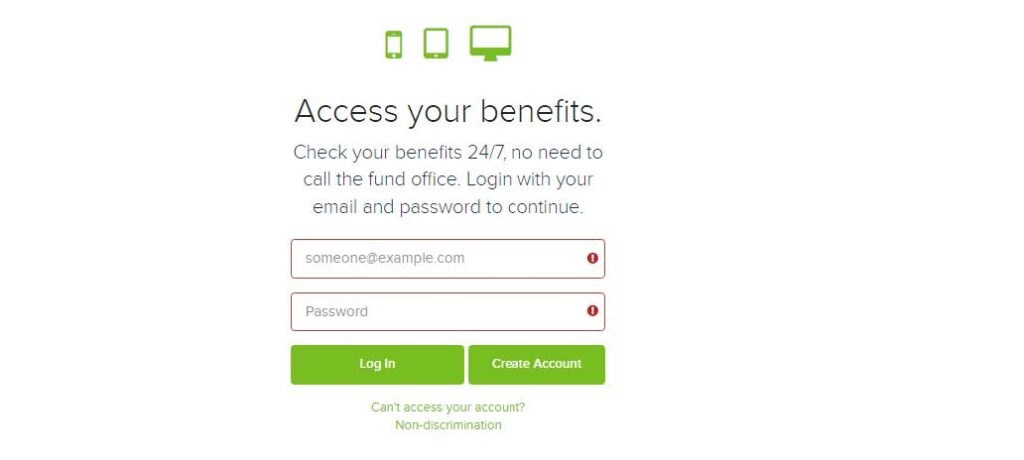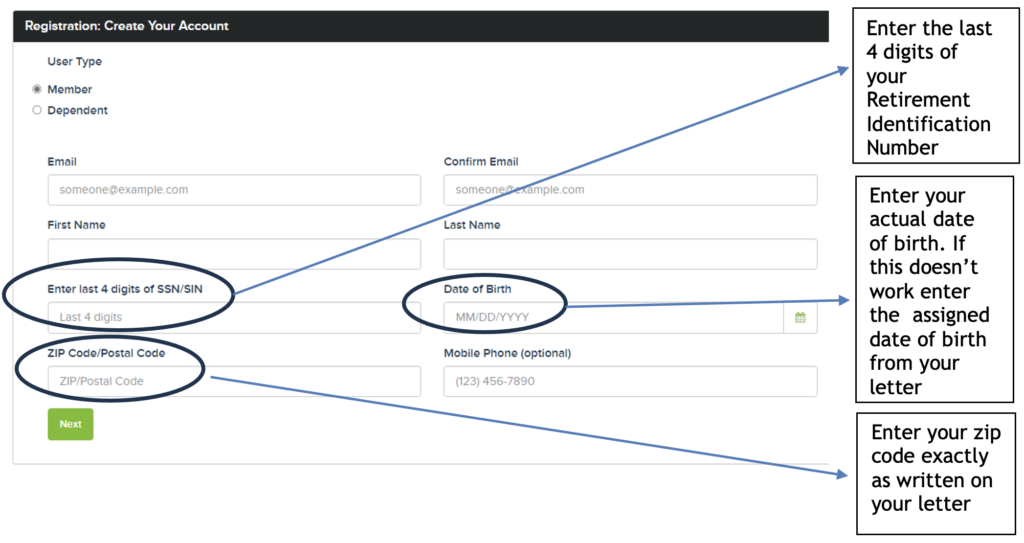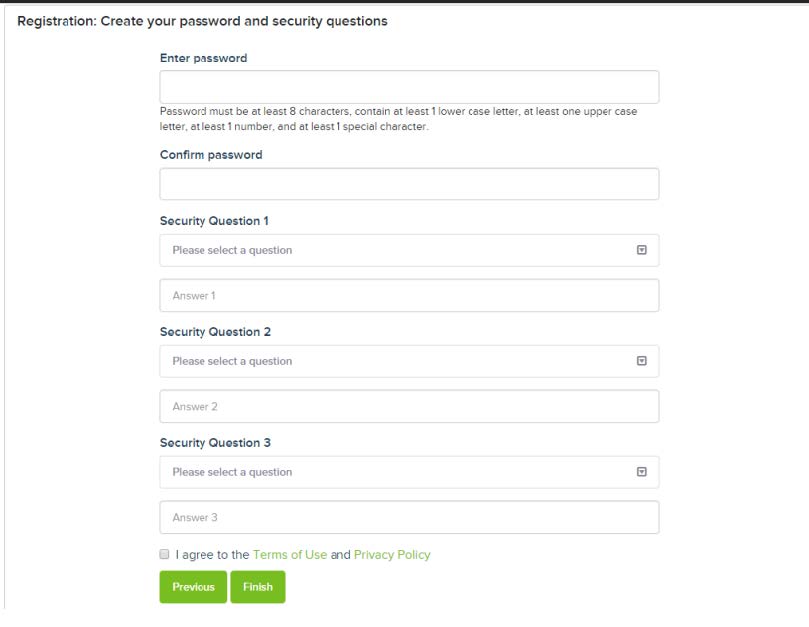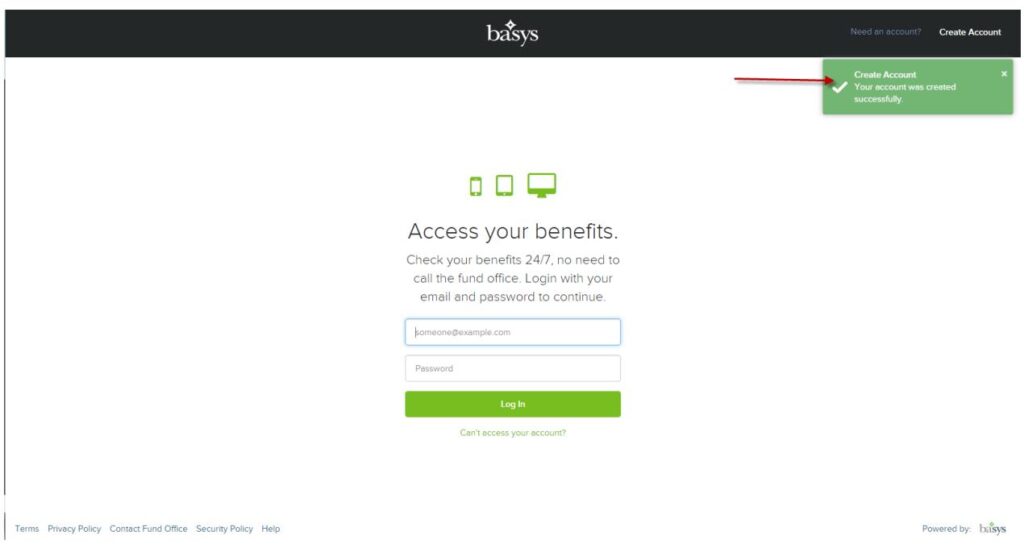For Immediate Release
July 24, 2025
Contact: Maya Polon, maya@paschalroth.com
Providers’ contract with the state expired on July 1. As the State engages in bad faith bargaining, 24 child care providers are forced to close their doors every day.
SACRAMENTO, CA – Today, members of Child Care Providers United (CCPU) – the union representing more than 60,000 family child care providers in California – pressed charges against Governor Newsom’s Administration for violating their rights at the bargaining table. The charges are:
- Bargaining in bad faith: The state went back on its offer to raise provider pay by July 1, 2025, engaging in unlawful regressive bargaining.
- Illegally withholding state funds: State negotiators indicated in bargaining that they intend to delay money already appropriated by legislators in the 2025-26 budget signed by the Governor to give providers cost-of-living adjustments (COLAs). Legislators were clear that they intended this money to go to providers immediately.
- Taking unilateral action without approval by the union: Even as negotiations were ongoing, the state announced publicly that it had completed an alternative payment methodology for providers.
The charges filed with the state’s Public Employment Relations Board can be viewed here.
“Providers have been working tirelessly to reach agreement on a new contract that will protect access to child care for California’s working families but Governor Newsom’s team has refused to bargain in good faith. Their blatant disregard for the law is an insult to hard working providers and families who rely on their care,” said Max Arias, CCPU’s Chief Negotiator. The state’s actions are unacceptable and unlawful. We will not take this threat to providers and Californians’ access to care lightly.”
Currently, according to state data, 73% of California child care providers caring for children in state programs do not pay themselves a salary due to inconsistent, low pay from the state that does not cover the full cost of providing care. Providers also work far more than 40 hours a week, with many providers providing round-the-clock care and reporting getting as little as 3 hours of sleep each night.
“We heard loud and clear from our child care providers that they’re struggling to keep their doors open and we knew we had to act,” said Assemblymember Cecilia Aguiar-Curry (D-Winters), Chair of the Legislative Women’s Caucus. “That’s why the Women’s Caucus worked hard with Assembly leadership and child care advocates to help get a cost-of-living adjustment for providers included in the budget. These COLAs are important while CCPU continues to work toward a contract that truly reflects the full cost of care. We’re urging the Administration to make sure there’s no delay in getting these funds to the folks who California’s working families depend on to care for our children.”
While union-won retirement and healthcare benefits have brought thousands of new providers into the field, persistent continued low pay has created a revolving door that hurts families urgently needing care. An average of 24 providers are forced to close their doors every day, leaving the parents of 96 children scrambling for care, according to Department of Social Services data reviewed by CCPU. Inconsistent access to care harms our whole state; working parents need stable child care to continue going to work as janitors, nurses, and delivery drivers.
Providers are calling on the state to stop breaking the law and sit down at the bargaining table to agree on a contract that invests in our state’s child care workforce to ensure working families do not continue to lose access to care.
###
Child Care Providers United brings together 60,000 family child care providers across California and is a partnership of SEIU Local 99, SEIU Local 521 and UDW/AFSCME Local 3930.





